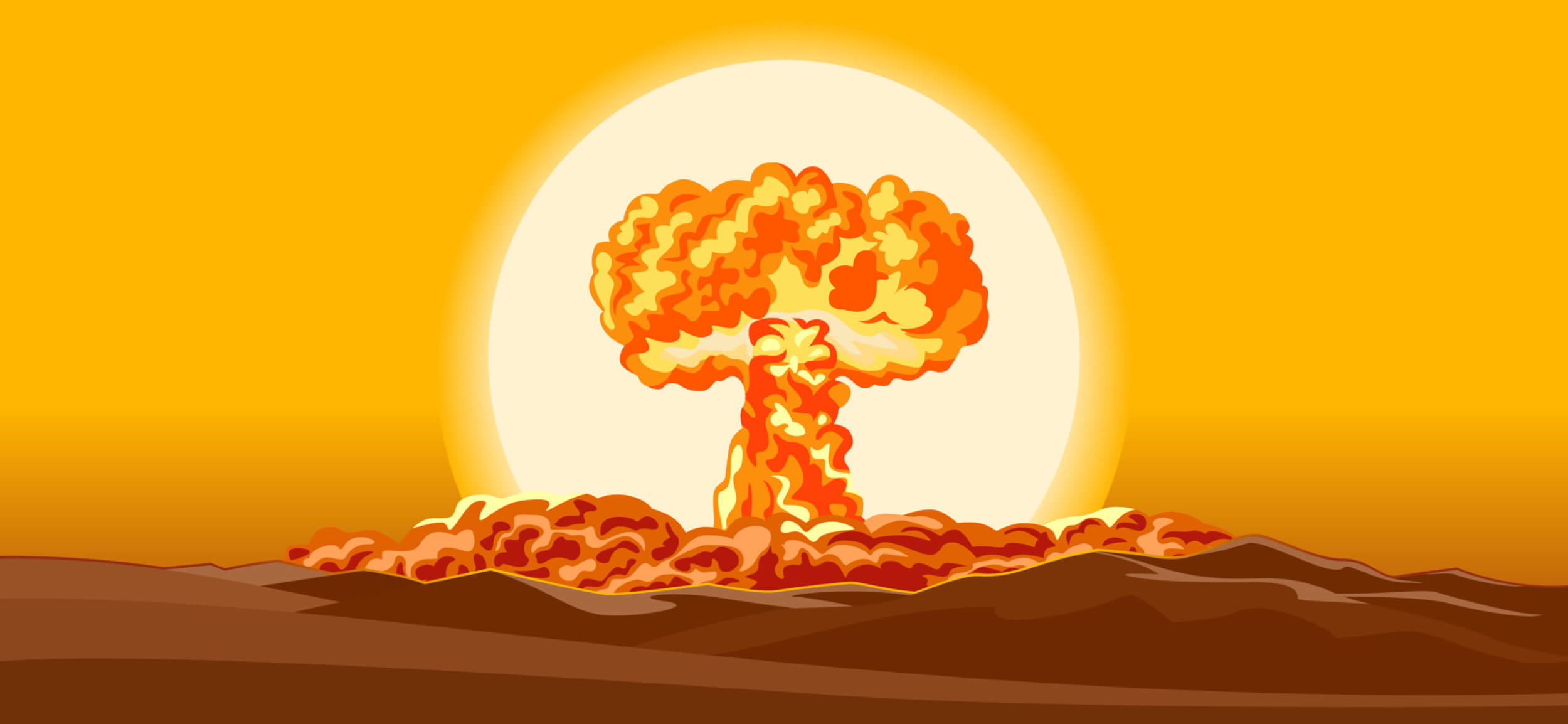It is truly great to be back in session. I love the energy of our students, faculty, and families. We began the year with a wonderful back-to-school picnic attended by well over one thousand people. The next day, our Seniors welcomed our Ninth Graders, while students in the Lower and Middle Schools met their classmates and teachers. As for faculty and staff, we spent most of August preparing for the day, and we are always glad to be back to business with teaching and learning. Athletic competitions are already underway, and various performing and visual arts programs are getting back into operation. It is awesome to see the mission in action.
Schools like CA are primarily focused on developing the critical-thinking abilities of our students. To be sure, the arts and athletics are critical pieces of a CA education, but what happens in the classroom is especially important. When I popped my head into classrooms during the first days of school, I loved what I saw. Here we have such dedicated teachers. The faculty are focused on building connections with their students and developing their sense of curiosity and passion for learning. I saw our students eagerly dive into class discussions and debates.
There is nothing like witnessing what I would call “intellectual energy.” This summer, we witnessed American society drawn into intellectual energy, as there was record attendance for Christopher Nolan’s engaging biopic Oppenheimer. (Note: I would be remiss if I did not also mention the record-breaking box office success of Greta Gerwig’s Barbie—a brilliant and thoughtful satire that got so many to think about gender in society.) I want to focus on Oppenheimer because of my own academic background: My master’s thesis in history focused on the ethics behind the decision to build the hydrogen bomb. There are very few films that are effective at capturing the excitement of intellectual debate. Nolan’s film takes us into the life journey of an immensely complicated, brilliant, and also naive individual. Julius Robert Oppenheimer was full of contradictions. While arguing against the development of the hydrogen bomb—a weapon 1,000 times more powerful than the atomic bombs dropped on Japan—he advocated for the development of more tactical nuclear weapons that could be used on the battlefield. He was very aware of his image and the power of his reputation to influence policy debates.
From 1991 to 1992, I wrote my master’s thesis in American history at Vanderbilt. Entitled Playing for Keeps: The Decision to Develop the H-Bomb, my paper explored one of the issues covered in Nolan’s masterpiece. After WWII, Americans were convinced it would take years before the USSR could develop an atomic weapon. However, the infiltration of communist agents into the Manhattan Project and post-war atomic development program led the Soviets to test their first nuclear device in 1949. This sent the Americans into a paranoid tailspin. Popular publications printed graphics of targets on major American cities and then calculated a death toll from a Soviet attack. All this ignored the fact that the Soviets had zero capability to deliver any weapons to a target in the United States. Years later, then-presidential candidate John F. Kennedy spoke about a “missile gap,” with the USSR having significant superiority in nuclear armaments. This infuriated President Eisenhower, who was well aware that the U.S. had an overwhelming advantage in nuclear stockpiles and technology in 1960. Oppenheimer spoke out against H-bomb development as he thought (correctly) it would lead to an arms race. He tried to propose ways of limiting the expansion of nuclear weapons and thought that the U.S. initiating research on a genocidal weapon would be counter to American values.
My thesis looked at Oppenheimer’s arguments, but primarily it explored those of his opponents, such as physicist Edward Teller and AEC Commissioner Lewis Strauss, both of whom are featured prominently in the film. They embraced what I term a “Cold War ethic.” Essentially, they saw the Soviet Union as so dangerous that it would be immoral not to proactively develop the hydrogen bomb. Whereas Oppenheimer believed that world leaders needed to be guided by morality, his antagonists saw the world as devoid of morality. Teller and Strauss were more from the “realism” school of foreign policy: The use of power to secure the national interest can act to ensure a balance of power in the world. Proponents of the hydrogen bomb argued that it would be a powerful deterrent and ensure peace.
If you want to have fun reading what a 22-year-old Mike Davis thought about such issues and learn more about this policy decision that did indeed lead to nuclear proliferation, I have scanned a PDF of my thesis for your enjoyment.
Schools need to be places where ideas are exchanged and debated—sometimes fiercely. This study, early in my career, drew me into the excitement of intellectual and policy debate. Both sides offered sophisticated and thoughtful arguments. Some have stood the test of time, and others have not. As we begin this school year, I want to celebrate the value of intellectual discourse.
